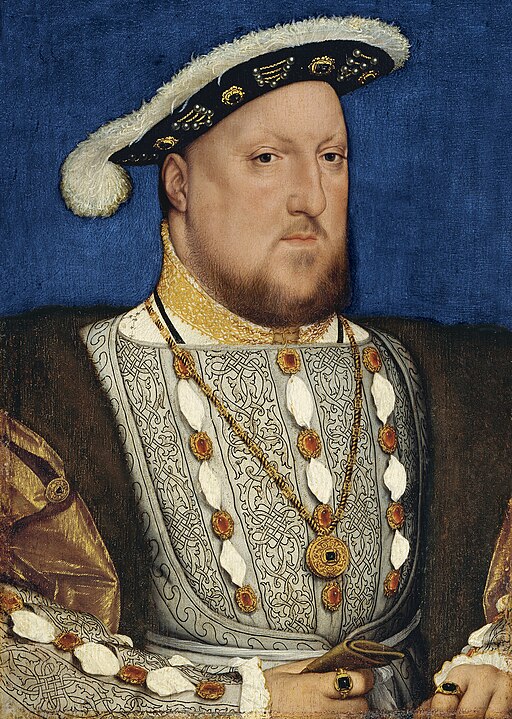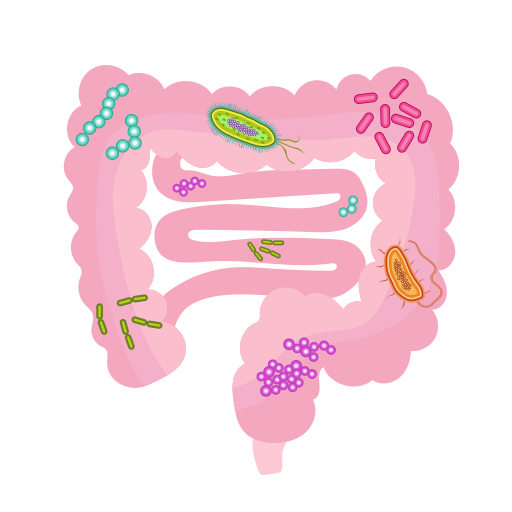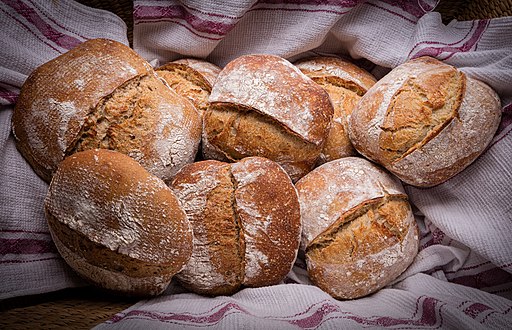
An increasing number of archeological sites show that prehistoric people didn’t eschew grains and other starchy foods, as proponents of the popular Paleo diet often claim. The recent discovery of oat grains as well as a sandstone pestle at a cave in Italy indicate that early humans began eating grains much earlier than was previously thought.
Followers of the Paleo diet are quick to point out that this was never in dispute. They do not claim that prehistoric humans never ate grains at all, only that grains were rarely the bulk of their diet. Instead, starchy foods tended to be eaten only when their preferred food sources of animal protein and other fruits and vegetables were more scarce.
This latest news may not weaken the resolve of the majority of Paleo dieters, but it can serve as a reminder to the rest of us to avoid becoming overly strict with your dietary choices. The most important quality of any diet would be the inclusion of a wide variety of fresh fruits, vegetables, and protein sources, prepared with as little oil or fat as possible. Whenever you take pains to avoid a complete food group, you are likely losing important vitamins and minerals which are essential to proper body functioning. Even vegetarians have to make sure that they still receive adequate B12, as it can only be found in animal protein.
In the last twenty years, we seem to have erred towards eating more and more grain food products, often made of refined flour, which has caused just as many health problems, if not more, than the saturated fat they were meant to replace. It is no wonder then, that completely eschewing starches and grain foods can seem to some as a necessary step towards regaining dietary balance. However, we don’t need to completely avoid all starchy foods to remedy the situation. For most of us, a good first step would be to limit the amount and number of grain products we snack on during the day and pack along some fresh fruit or vegetables instead.
Excerpt: “For many Paleolithic people, the bottom of the food pyramid wasn’t red meat but plant food, such as tubers or starchy plant stems, says paleobiologist Amanda Henry of the Max Planck Institute for Evolutionary Anthropology in Leipzig, Germany. The relatively complex recipe used to prepare oats at Grotta Paglicci shows they were an important food to the people there, archaeologist Anna Revedin of the Italian Institute of Prehistory and Early History, a co-author of the oat study, says via email. Humans also ate snails, worms, grubs—“all kinds of little things that we would never think about now … would have been consumed on a daily basis,” Barton says”.









